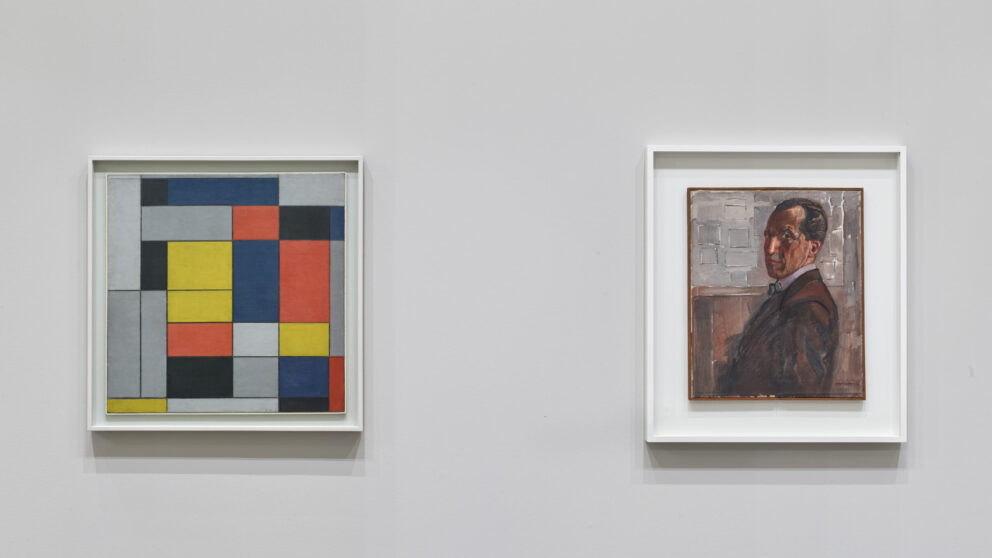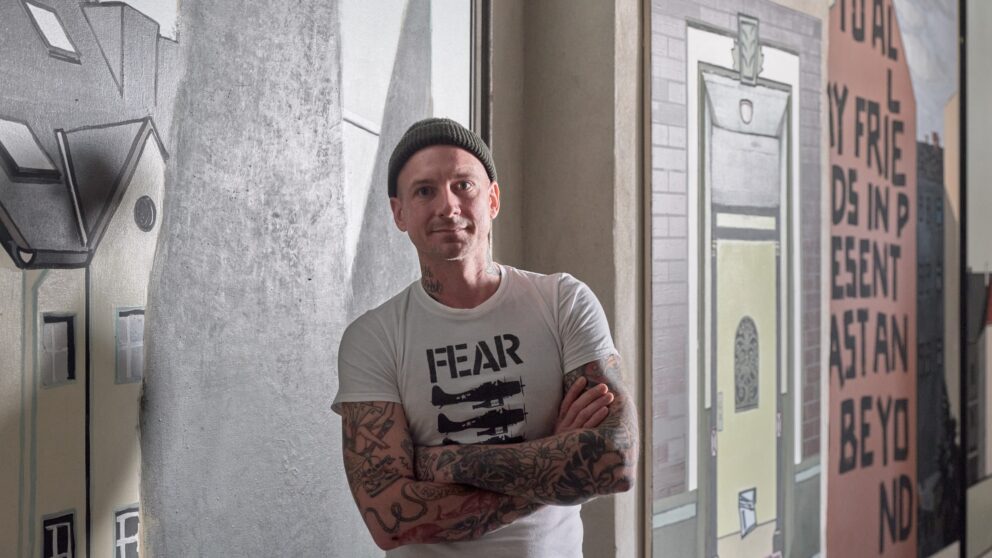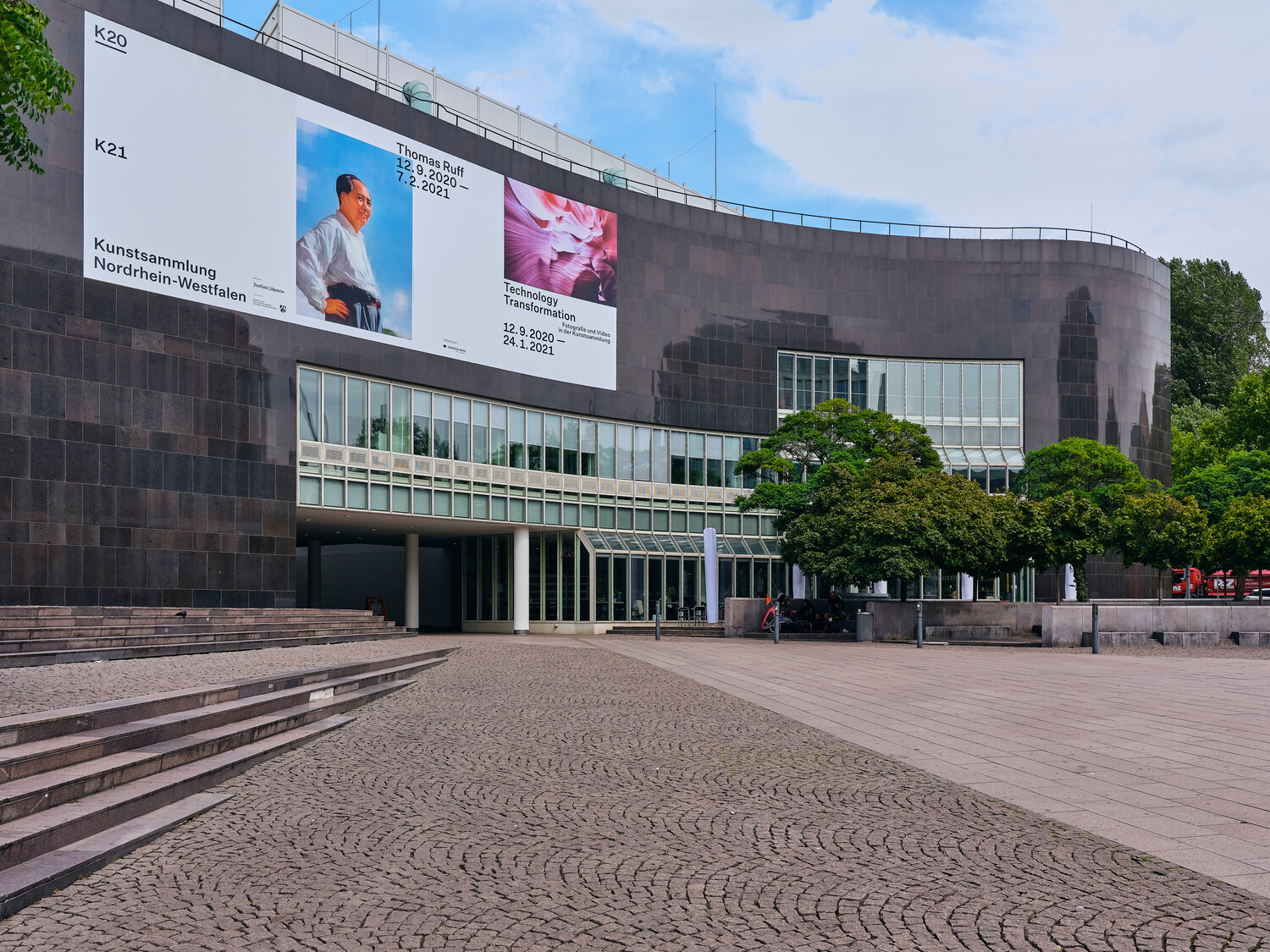
Classical Modernism at K20
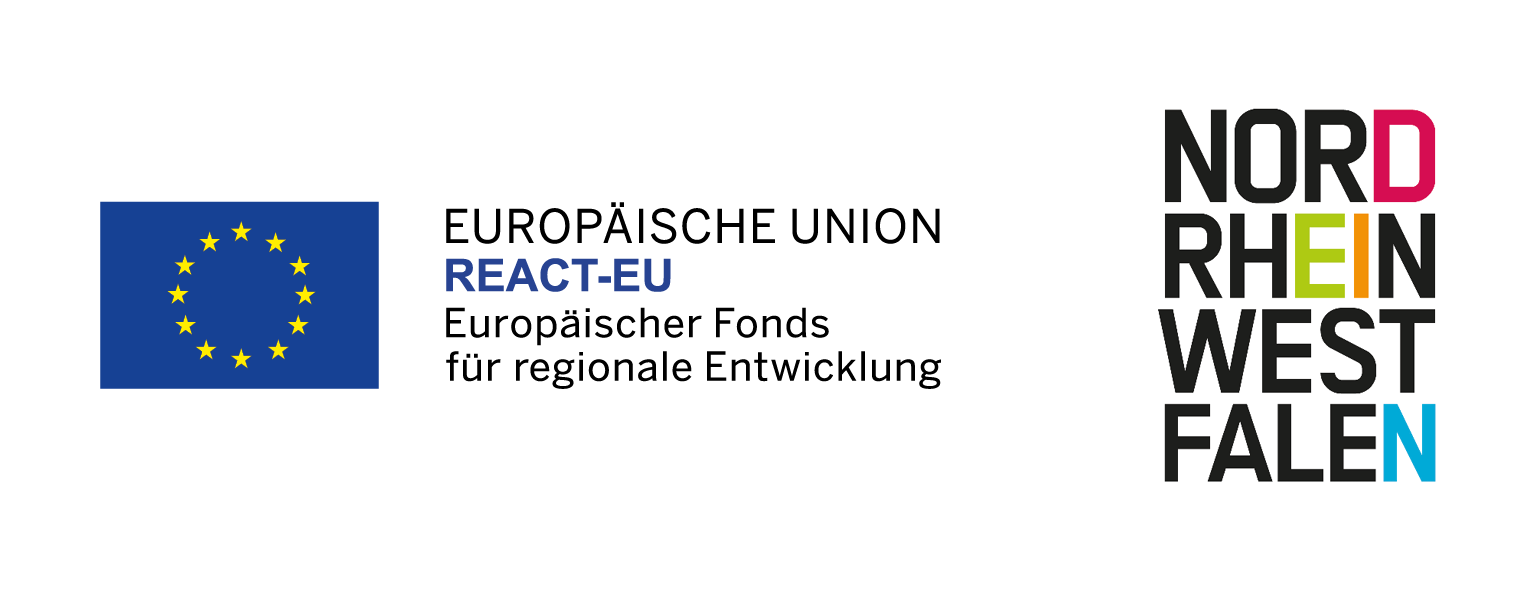
Classical Modernism at K20
Visionary paintings to discover at the K20 art gallery
The Kunstsammlung NRW collection includes many world-renowned pieces of art. Ständehaus hosts its exhibition of 21st century works (and is therefore referred to as ‘K21’), while the headquarters at Grabbeplatz – K20 – are home to classical modernist art from the 20th century. Alongside periodically changing temporary exhibitions, visitors at K20 can embark on a journey that follows the rise of the modernist movement. The collection on display features many important classical modernists who shaped the evolution of contemporary art. In this article, we want to introduce you to six unmissable paintings.
(Maybe) the world’s first abstract composition
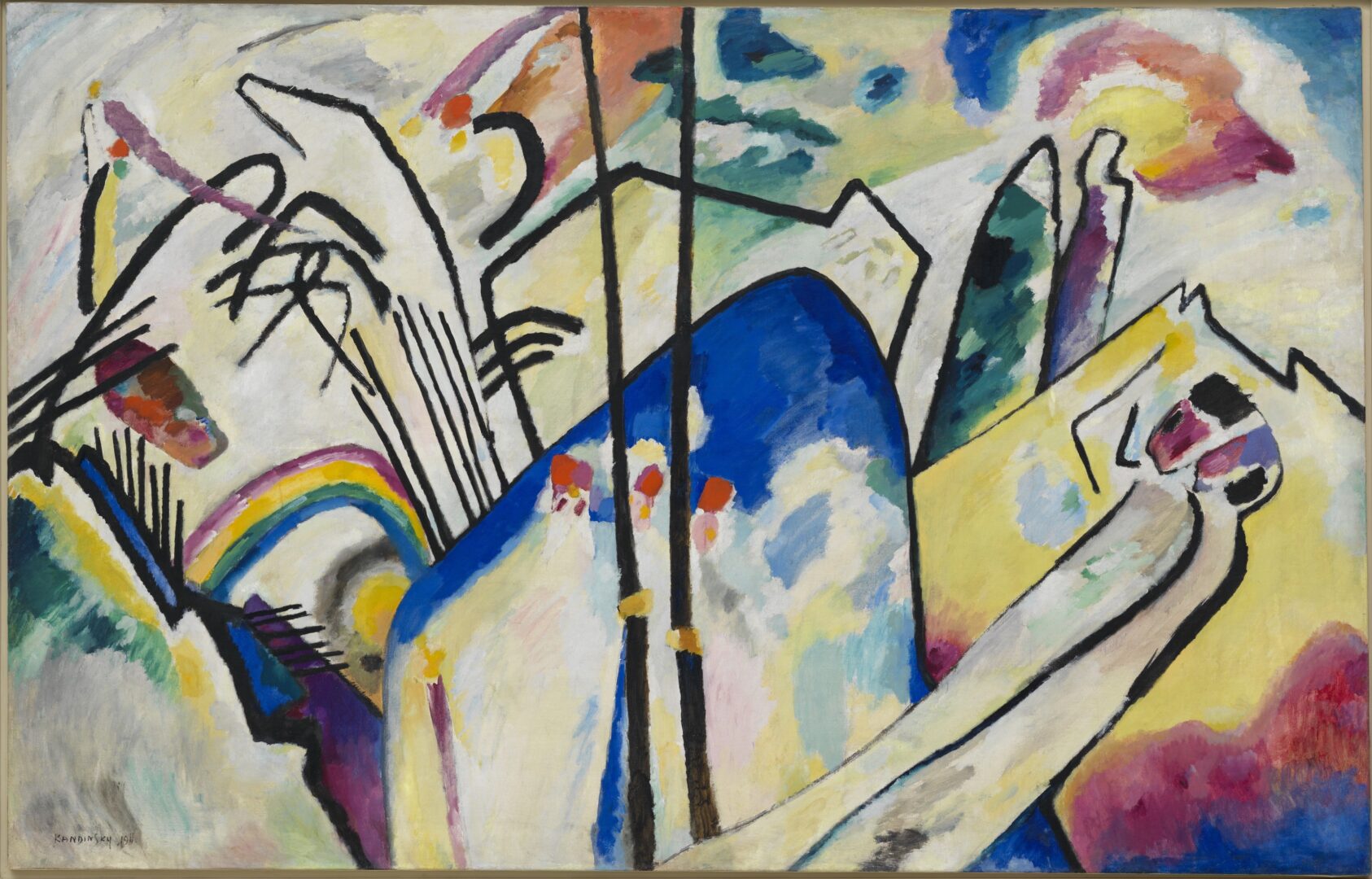
Dramatic brush strokes, bright colours, abstract shapes – when Wassily Kandinsky produced this picture in 1911, he practically revolutionised painting. His series of ten compositions paved the way for the abstract genre. The piece exhibited in Düsseldorf is ‘Komposition IV’. Other paintings from the same series are on display in museums such as the Guggenheim in New York and the Lenbachhaus gallery in Munich. With these compositions, Kandinsky developed a radically new form of visual expression based on the equal importance of shape and colour. The permanent exhibition at K20 also includes the painter’s late work Komposition X.
The deconstructed Eiffel Tower
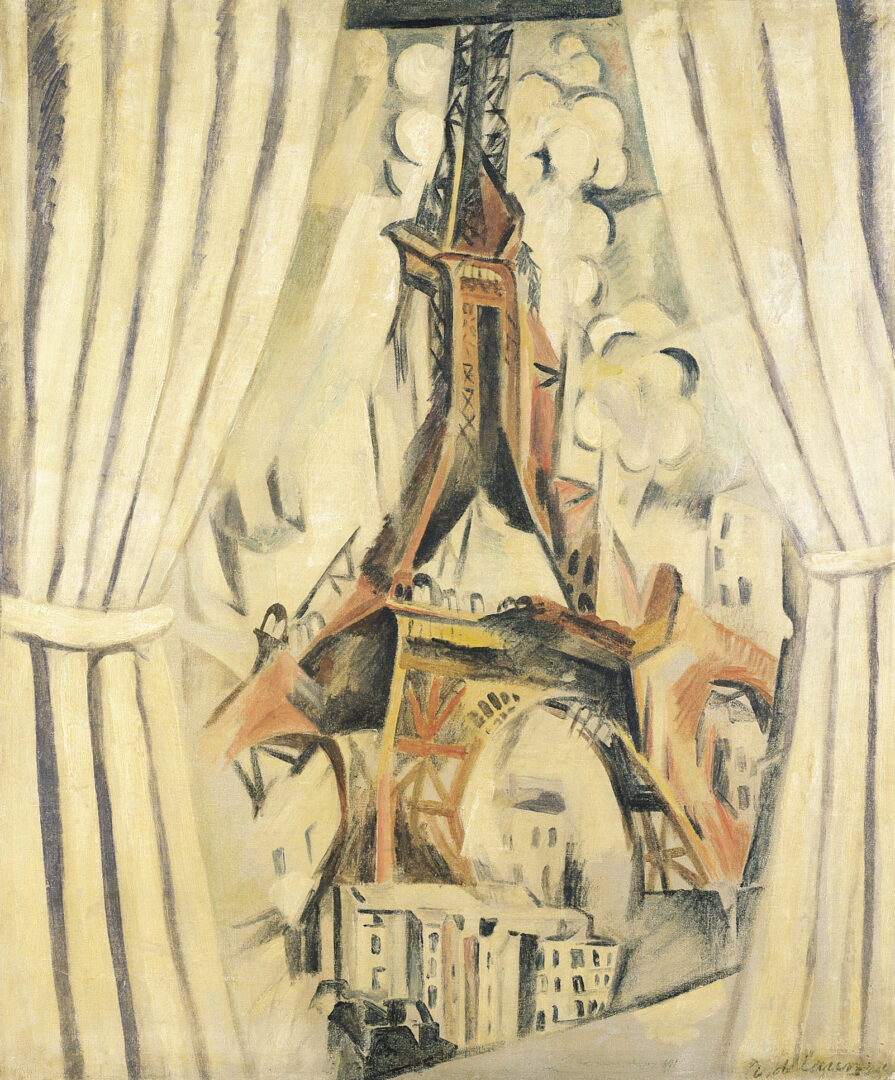
Less abstract, but no less interesting is Robert Delaunay’s 1910 masterpiece ‘La tour aux rideaux’. Through a pair of curtains, the viewer sees a deconstructed depiction of the Eiffel Tower, which – at the time – was regarded as the epitome of modernity. Between 1909 and 1912, i.e. in parallel with Wassily Kandinsky, the French painter developed a form of visual expression that led towards abstraction and a painting style purely guided by colour. His Eiffel Tower series, which he commenced in 1909, comprises more than 30 works. In the 1920s, the artist created a second, much more colourful series of paintings of the Eiffel Tower. The painting exhibited in Düsseldorf depicts the Eiffel Tower – at 300 metres the tallest building in the world at the time – deconstructed in the analytical cubist style. Other pieces belonging to this series can be admired at the Guggenheim, the Art Institute of Chicago, and Museum Folkwang in Essen.
A most passionate dance
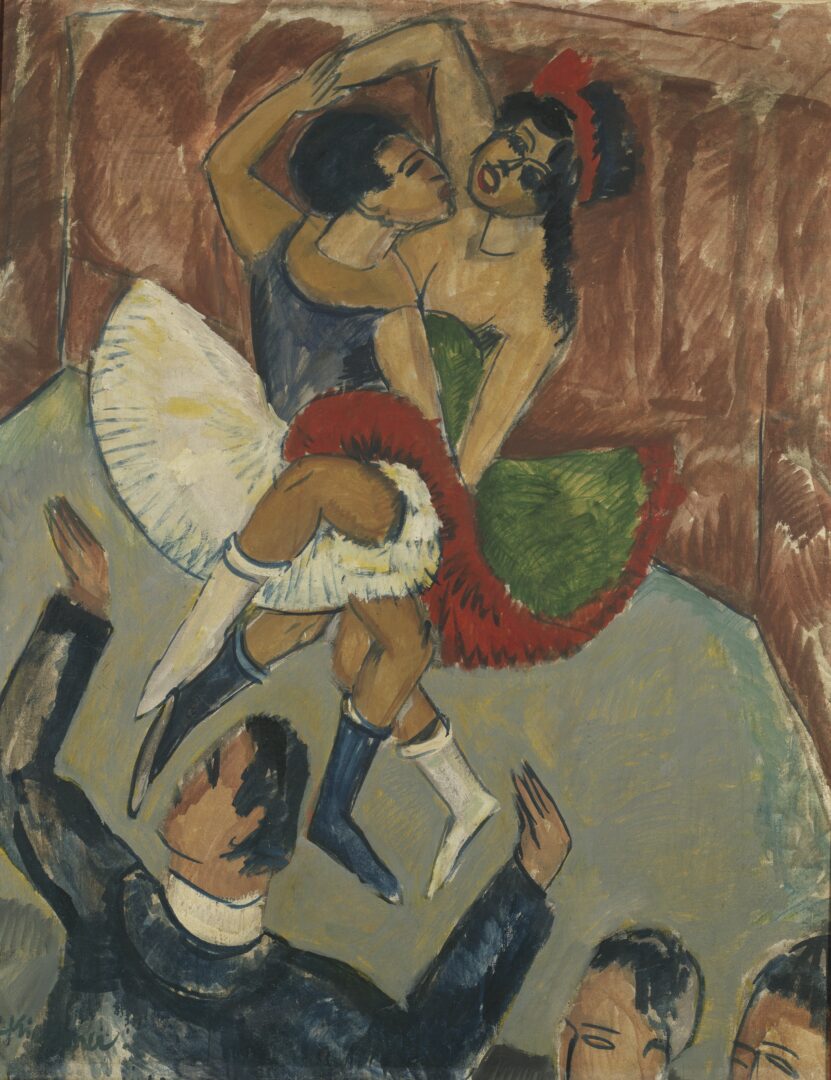
The intensity of what was happening in the world of painting in 1910 and 1911 is reflected in Ernst Ludwig Kirchner’s ‘N*tanz’ (1911). Scenes of couples and people dancing are a core motif in the evolution of Kirchner’s expressionist style. The dancers in this painting are kept anonymous – Kirchner provides no clue as to their identity. Instead, he focuses on conveying movement and a sense of exhilaration. The strength and vitality of the two intertwined dancers seems almost tangible, as if radiating from the canvas. Kirchner’s expressionist dance scenes were inspired by the cabaret and circus shows that were so popular at the time. As a member of ‘Die Brücke’, a group of artists based in Dresden, he was one of the founding fathers of the expressionist movement. Some of his famous street scenes are also exhibited at K20.
Church steeple meets steel tower
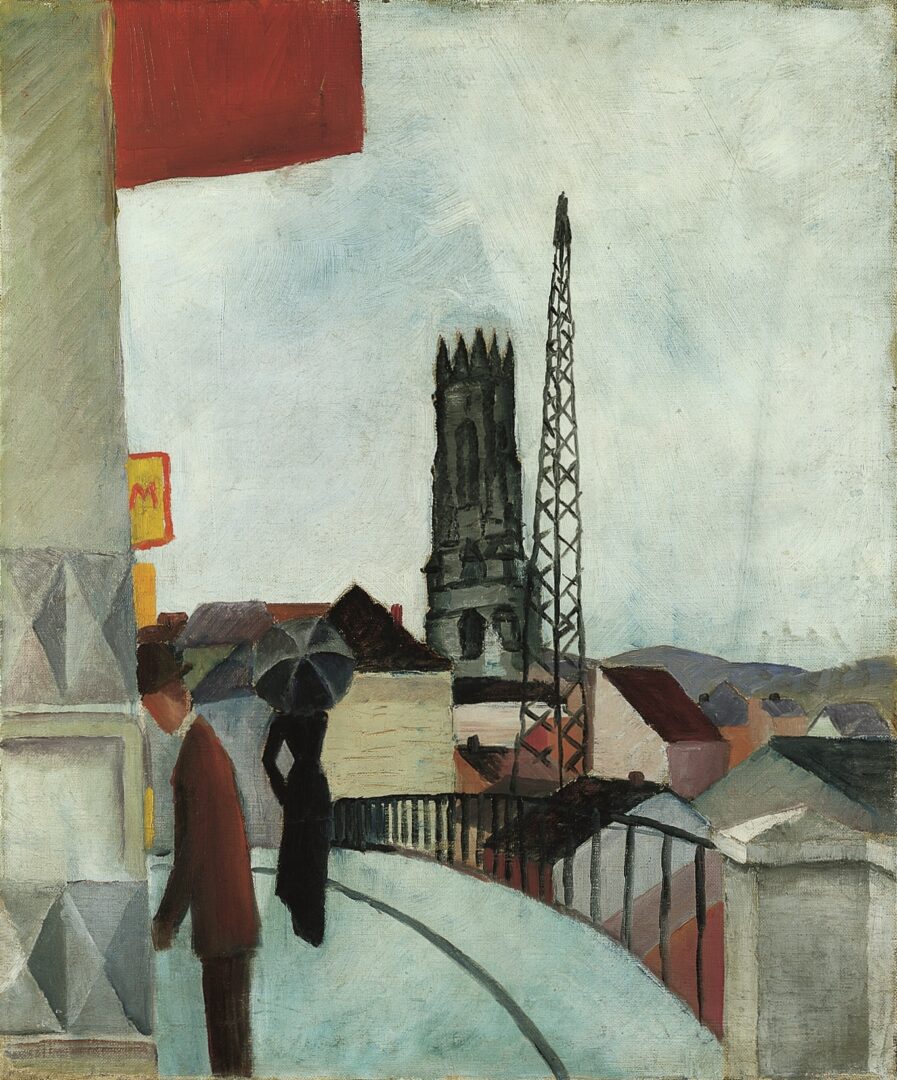
August Macke painted this picture of the ‘Cathedral of Freiburg in Switzerland’ in 1914 following a visit to the city. The Gothic cathedral clearly made a lasting impression on him. This small painting is one of the last pieces he ever produced. Two months after the outbreak of World War I, Macke – a leading figure of the expressionist movement – died on the battlefield in the Champagne region of France. Combinations of large, open areas and smaller arrangements of shapes and figurative elements are characteristic of his style of painting. His expression of form is clean and simple, his colour palette muted. The addition of the steel tower to the right of the cathedral marks a striking departure from reality and can be interpreted as an artistic reference to Delaunay’s Eiffel Tower paintings. Macke included this tower in the place of several historical buildings for reasons purely relating to image construction.
A Tunisian camel in the woods
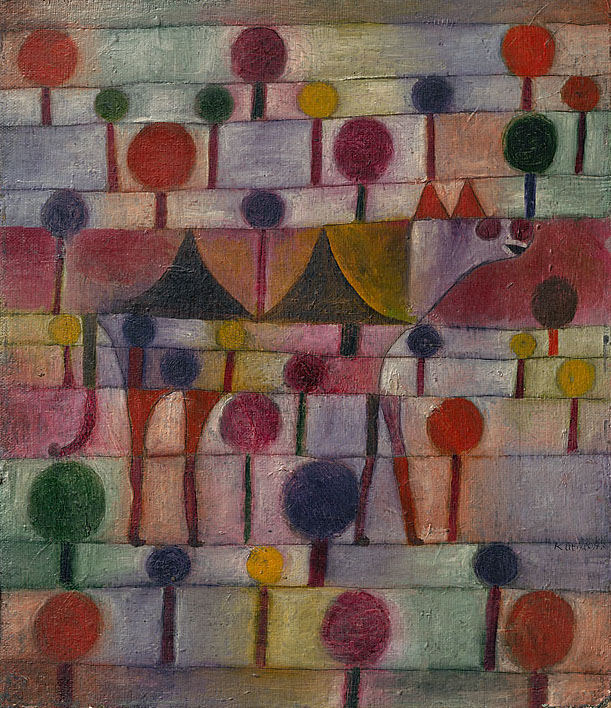
The permanent collection of Kunstsammlung NRW features one of the seminal works of the multi-talented artist Paul Klee: Camel (in rhythmic landscape with trees). Produced in 1920, this piece illustrates Klee’s incredible skill as a painter. On the one hand, the camel is clearly identifiable among the trees. But on the other hand, the painting is strikingly abstract, using vibrant colours and only simple circles and lines to depict a stylised landscape. The camel as a motif was inspired by a visit to Tunis undertaken by Paul Klee in 1914 together with August Macke and Louis Moilliet – a trip that would prove highly influential from an art history perspective.
Constructivist illusions of space
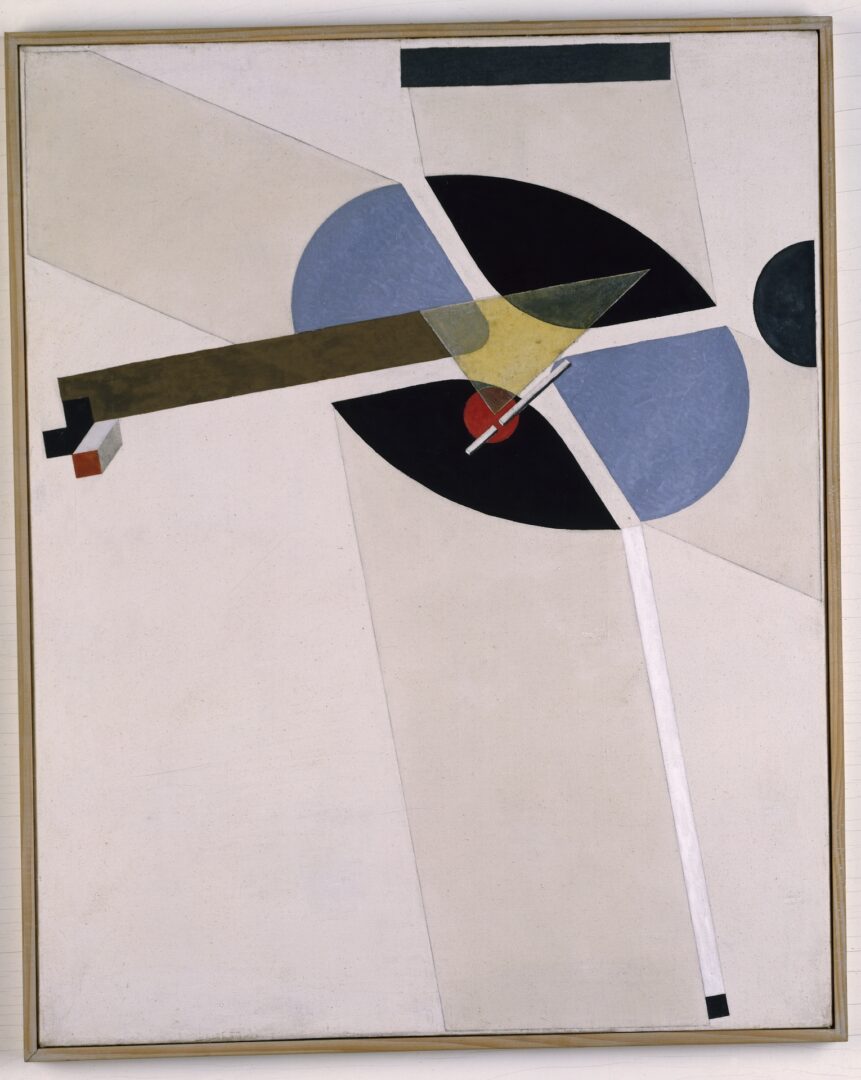
El Lissitzky’s unassuming painting ‘Proun G 7’ from 1923 almost seems tucked away at K20. You need to look at it for a little while before this abstract piece reveals its secret. Upon closer inspection, the two-dimensional elements appear to pop out from the canvas, creating parallel and diagonal planes. This creates an illusion of three-dimensionality that actively engages the viewer. Avantgardist Lissitzky described his Proun paintings as an ‘interchange station’ between painting and architecture. His interest was not limited to the fine arts but also extended to the artistic advancement of architecture, typography and photography. At K20, you can experience the striking effect of one of his Proun paintings for yourself.
This article is supported by REACT-EU.
Title image: Düsseldorf Tourism

